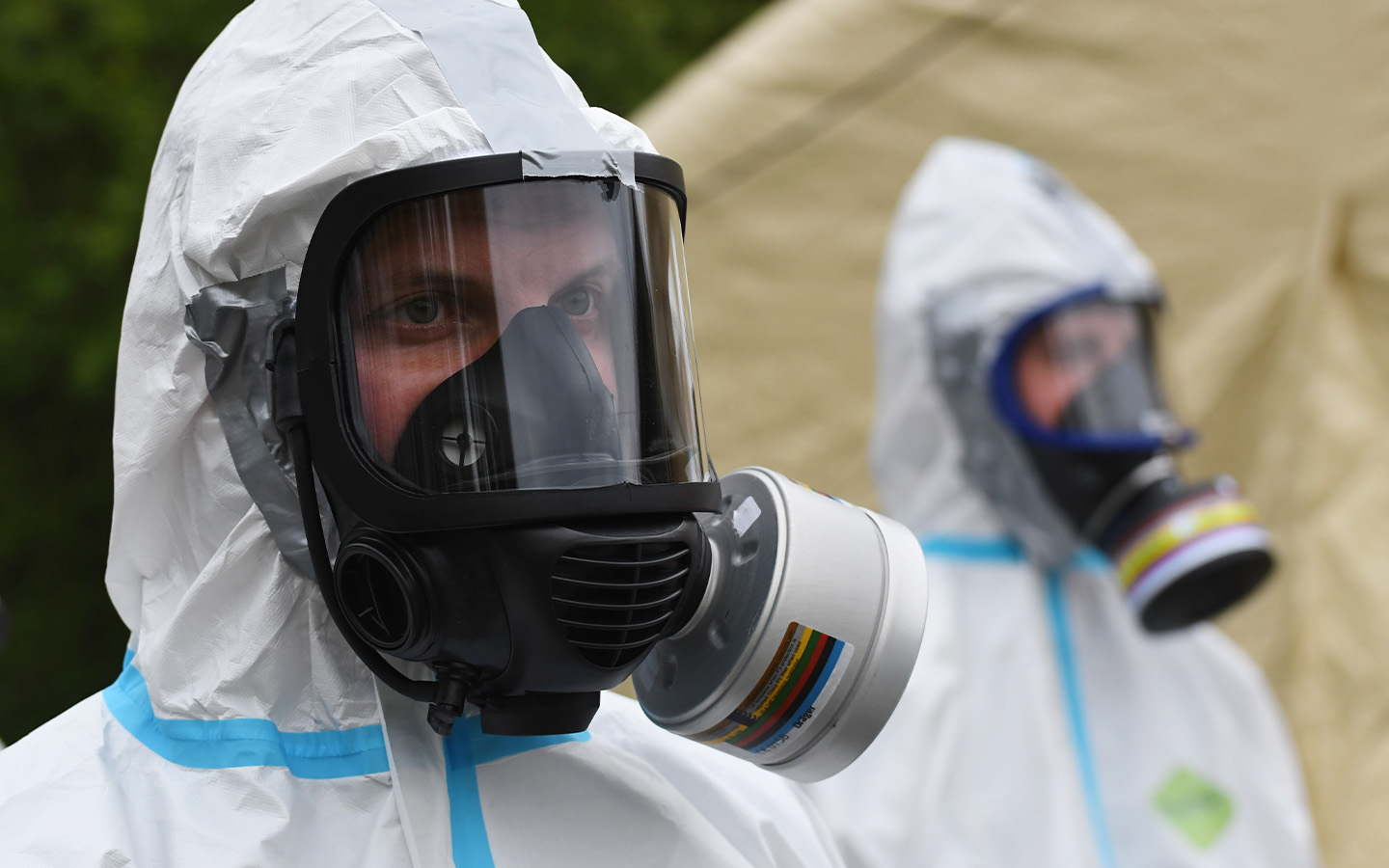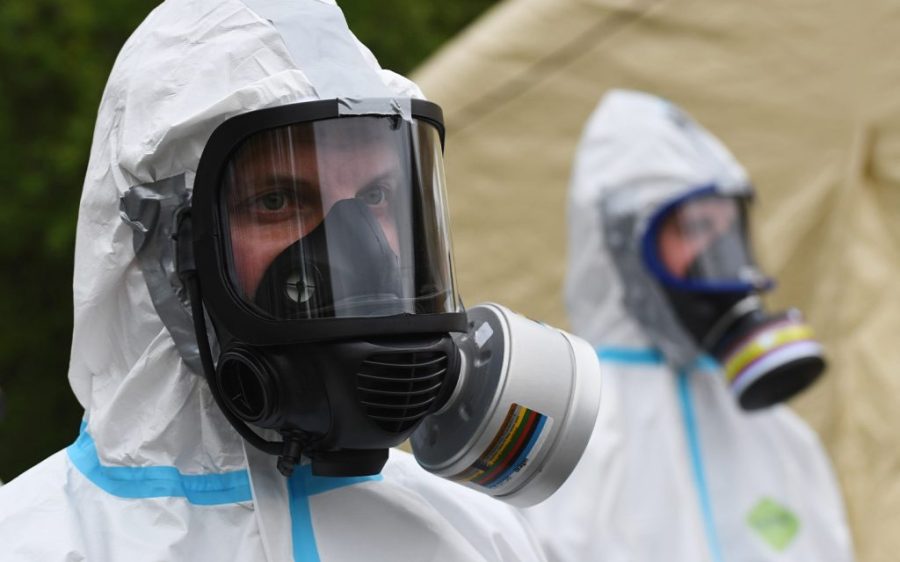The World Health Organisation (WHO) has sounded the alarm over the threat that the worldwide spread of the avian influenza virus poses to humans, the UN reported in a news brief that was released yesterday.
Also referred to as bird flu or H5N1, the pathogen was first discovered in China in 1996 and has seen multiple outbreaks in recent years, causing the deaths of millions of birds worldwide since 2021.
However, H5N1 has begun to infect more mammals recently. The WHO’s lead scientist Jeremy Farrar said this was a “great concern,” as the “virus now evolves and develops the ability to infect humans and then, critically, the ability to go from human to human.”
Last month saw cows and goats in the US testing positive for bird flu for the first time – a situation that scientists had not been anticipating, as they believed livestock would not be at risk. A number of individuals exposed to infected animals also contracted the virus, including a Colorado man in 2022 and a Texan dairy farm worker late last month.
[See more: No appointment, no flu vaccination, say health officials]
According to WHO figures, there were 889 human cases of the H5N1 virus around the world between 2003 and 1 April 2024, with a total of 463 deaths, which equates to a mortality rate of 52 percent.
While there are currently no known cases of the disease transmitting between humans, Farrar points to this “extremely high” fatality numbers among human patients as a cause for concern should such transmission become possible.
As a first step to increase global cooperation against the spread of avian flu, the WHO has taken various measures such as updating and standardising the terminology that is used worldwide to describe airborne diseases.
Farrar was also reported by the Guardian as saying that steps were being taken to develop H5N1 vaccines and therapeutics, although he stressed that greater monitoring was needed as well.






